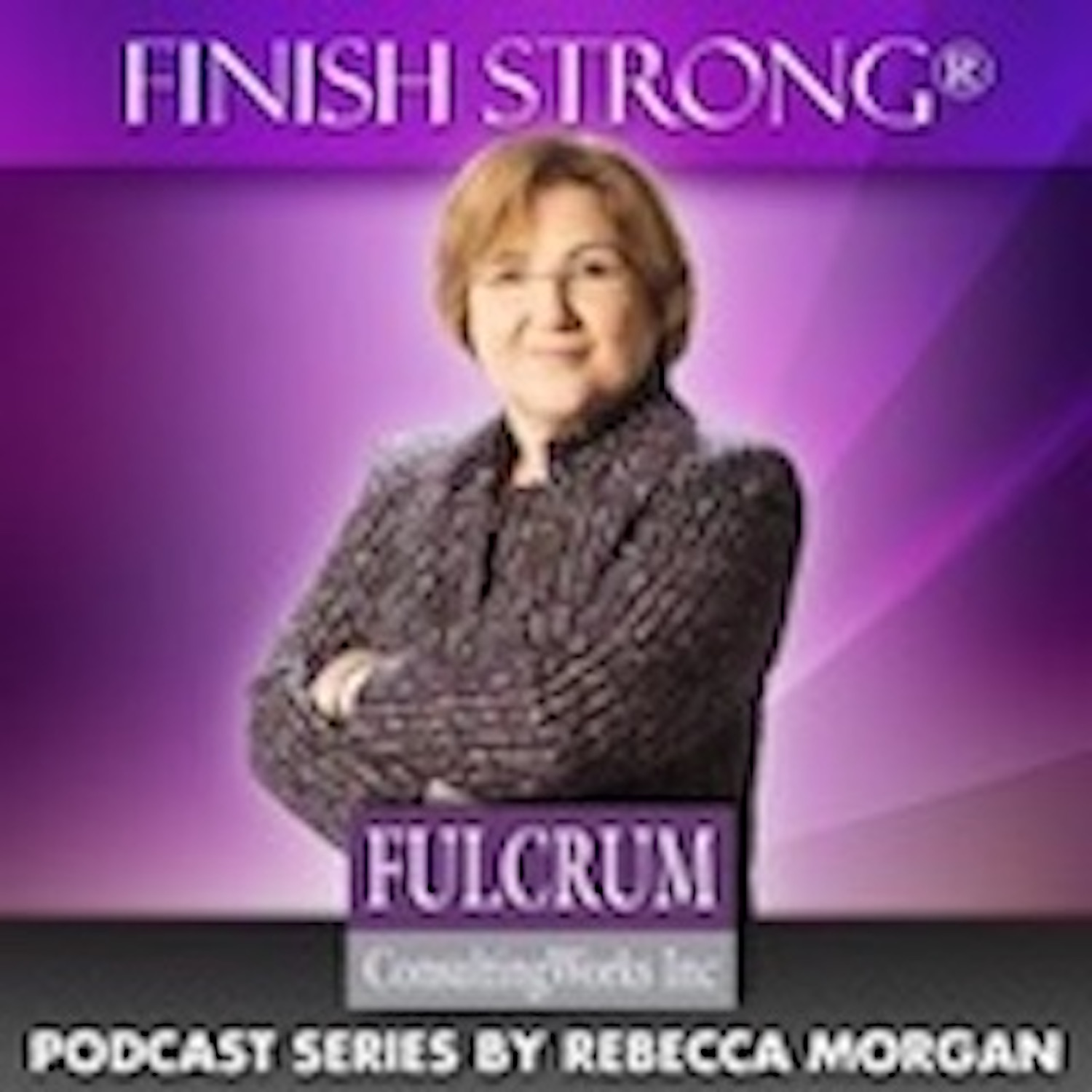full
Supply Chain, or Supply Mush?
As we advanced from craftsmen through the industrial revolution, Henry Ford decided the best way to make automobiles was a 100% vertically integrated business model. In 1917 his River Rouge plant brought in iron ore at one end, and shipped out finished cars at the other.
That's one type of supply chain, one he found very difficult to execute.
Most of us used the term "purchasing" to describe locating, buying, and bringing in the materials and components required to make our products. Buyer, Senior Buyers, Buyer-Planners, and Purchasing Director jobs became plentiful. And, for the most part, clerical.
In the late 1900s we decide to "upskill" -- at least the term -- and refer to those people as Supply Chain. The work remained largely unchanged, but the term sounded good.
We described the suppliers involved down one level to infinity as our supply chain. We knew from professional education that "supply chain" spanned from our suppliers' suppliers to our customer's customers, but our thinking and behavior changed little.
But with that definition the visual of an actual supply chain, with each company represented by a link, evolved. Surely there was a "weakest link" that we could focus on. But it was never that linear in either direction, unless you were Henry Ford in 1917.
As economies developed and manufacturers grew, business became more complex. Buyers, regardless of current department titles, found suppliers with more regard for price and delivery than for simplicity or mutual advantage. We multi-sourced most items, and our suppliers did as well.
That pretty visual of a supply chain in no way represented the supply mush that evolved.
And now we want our supply chain, make that mush, to accept and design in responsibility for the environment, begetting the conceptual circular supply chain.
The prior reality of each company handing of responsibility for the environment to its customer was simple. Unfortunately, it has left us with a big mess.
So our supply mush has created an environmental mess, and we've discovered that we don't even have a clue about this "supply chain" concept we thought we were managing.
Design for reuse is one concept that a company can use to individually reduce the impact of its product on our world. Accepting responsibility through the entire product life cylce -- and I don't mean cash cow cycle, but rather birth to death -- is an important concept, but one publicly held manufacturers are lax to pursue.
Your job is not to create world peace.
As a leader in a manufacturing organization, it is your responsibility to understand your current sourcing and value-delivery structures. Not only in theory, but in practice. Concepts like Total Cost of Ownership have been around for decades, but few actually use them in execution. If that TCO includes environmental impact, reluctance will only grow.
The planet will be just fine. It is the human race that suffers from the short-sighted behaviors of humans and decisions they make as company leaders.
It is time to become responsible adults.
Understand your current material supply infrastructure. Define its success in terms of meeting the mission of your organization compatibly with core values. Determine the strategic supply infrastructure that best accomplishes that, and begin the transition.
If your company is to endure, it cannot leave the world in worse shape than it found it.
Standing as the last man on earth reporting quarterly earnings is not winning.


